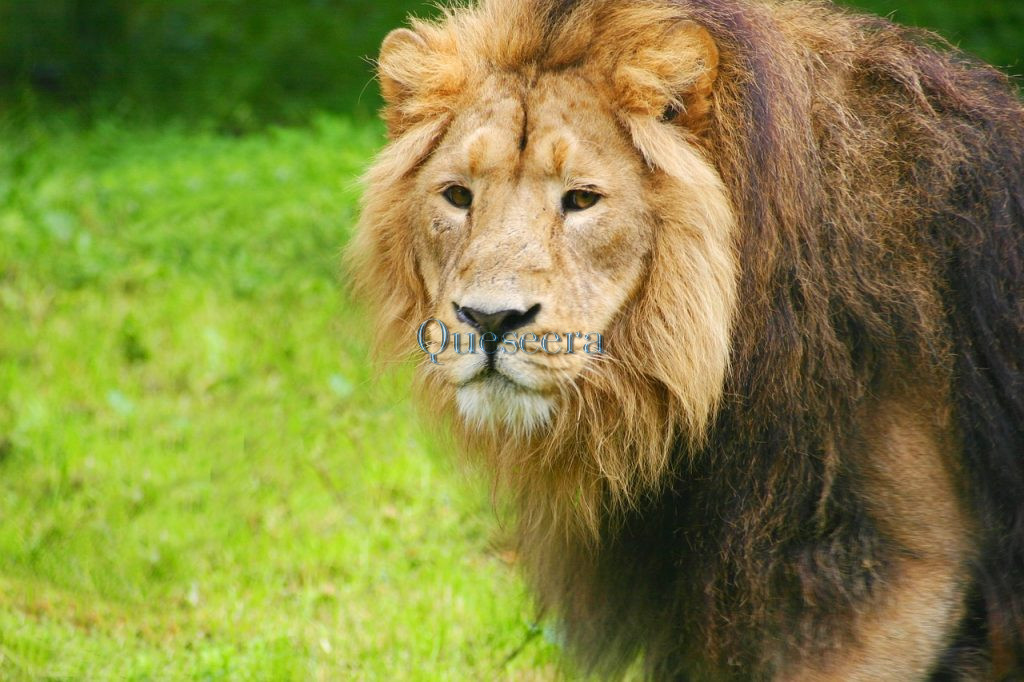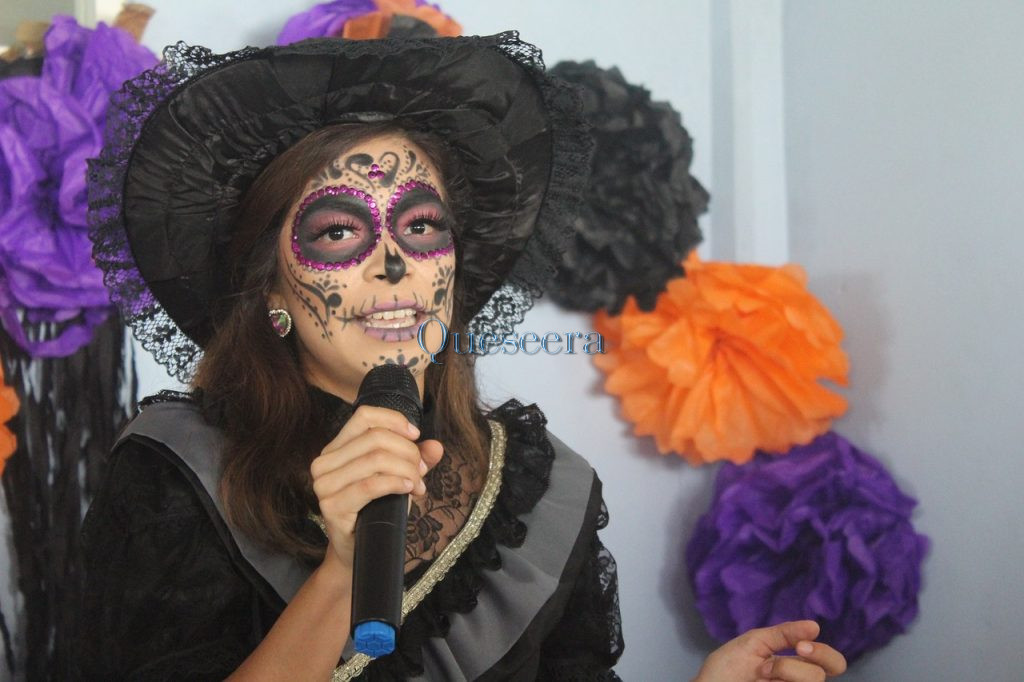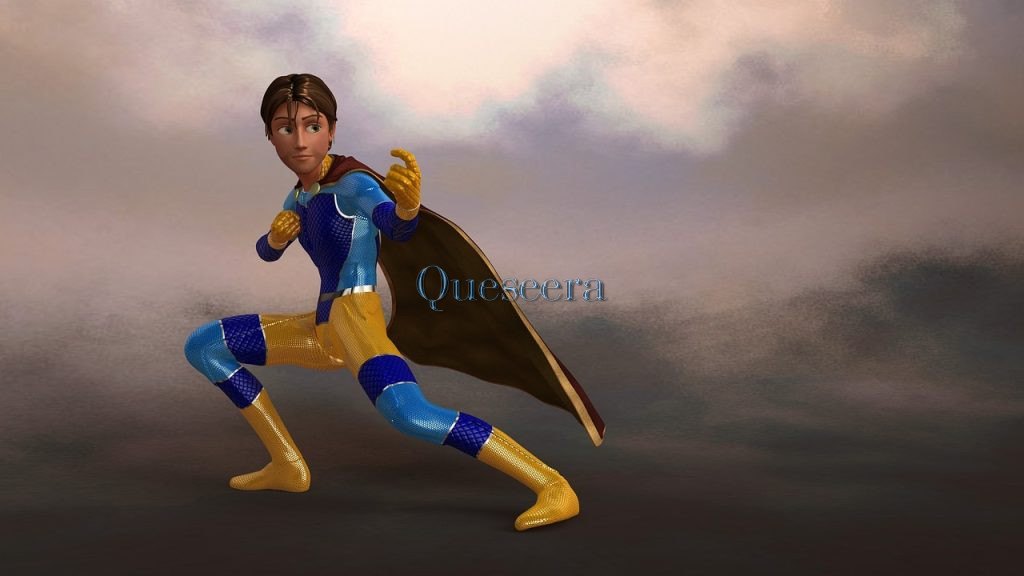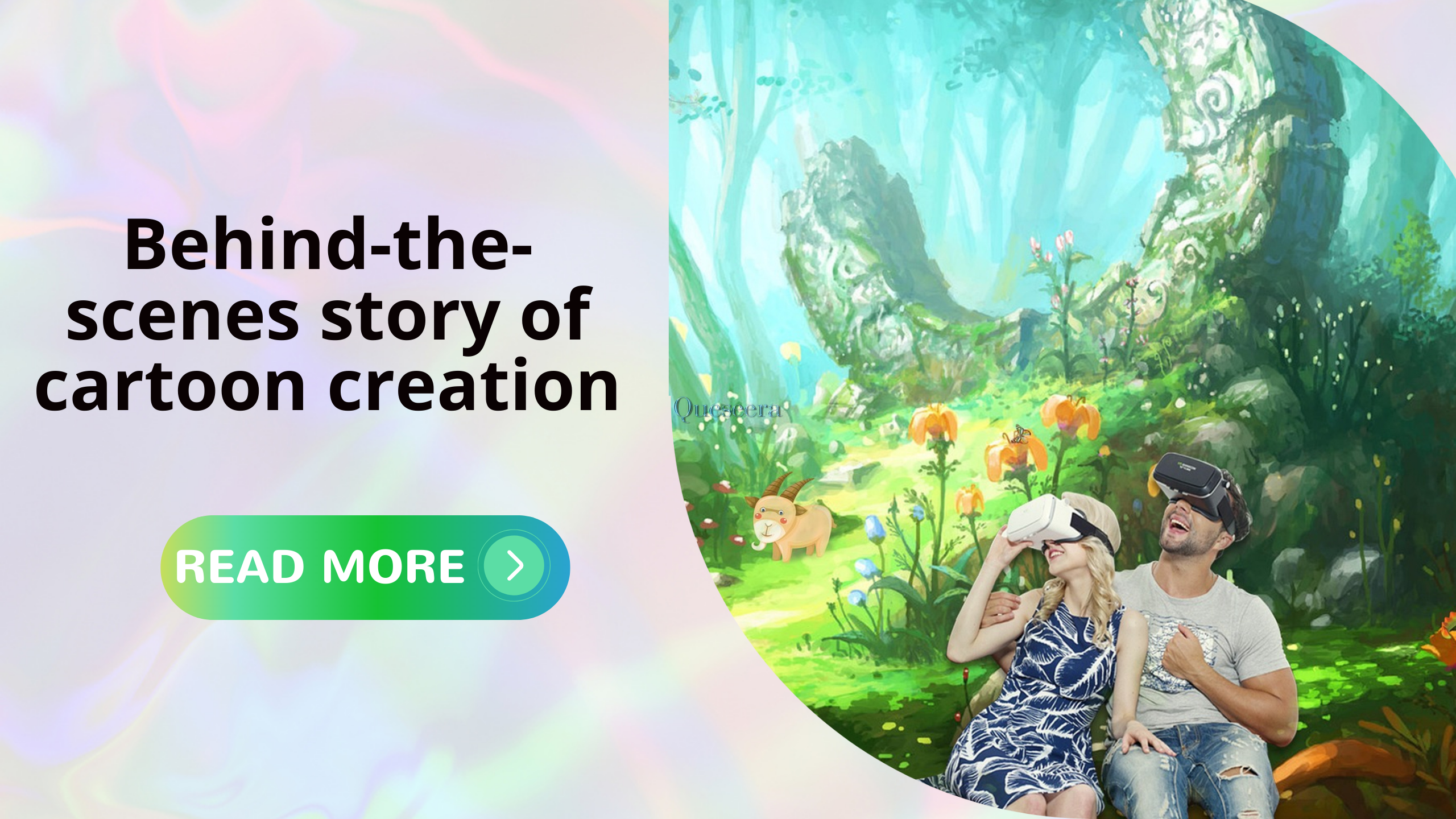Behind-the-scenes story of cartoon creation:
Introduction:
Since childhood, cartoons have been a part of our lives, transporting us into vivid worlds full of imagination, humour and memorable characters. Have you ever wondered about the interesting adventure that happens behind the scenes? A cartoon is created through a complex and collaborative process that combines art, technology, storytelling and the passionate efforts of talented people. In this article, we reveal the magic of cartooning and provide the behind-the-scenes story.
Ideation and Conceptualization:

Every cartoon starts with a concept, a spark of inspiration that sets the process in motion. During the first stage, authors, painters, and creators convene for brainstorming sessions to build concepts, characters, and storylines. It is a period when the team’s imagination runs wild, creating new worlds and captivating stories.
Scriptwriting and Storyboarding:

Once the concept is developed, the authors turn it into a script. The script acts as the blueprint of the cartoon, defining the dialogue, events and timing of each scene. Simultaneously, storyboard artists bring the script to life by generating a series of hand-drawn sketches that depict critical events and camera angles, enabling a smooth animation process.
Voice Acting and Sound Design:

Performers fill the characters’ shoes (or rather, voices). Giving them individuality and emotion. Their performances bring the narrative to life, making the characters approachable and interesting. Sound designers also work their magic by adding sound effects, background music, and ambient sounds to improve the entire viewing experience.
Animation:

The animation phase is where the cartoon truly comes alive. Traditional hand-drawn animation or digital techniques are employed to create movement and expression for the characters. Animators meticulously bring the storyboard to life, frame by frame, infusing energy and fluidity into every scene. This process requires patience, attention to detail, and skilled craftsmanship.
Colorization and Background Design:

Color is essential in generating a cartoon’s mood and ambiance. Colorists use diverse techniques such as hand-painting or computer coloring to bring depth, vibrancy, and shade to the characters and backgrounds. Background artists produce aesthetically appealing and intricate environments that complement the story and characters, immersing the audience in the world of the cartoon.
Post-production and Editing:
Following the completion of the animation, the footage is subjected to post-production and editing. This includes fine-tuning the timing, adding visual effects, and making sure the transitions between scenes are smooth. The editing process aids in the refinement of the cartoon’s plot, pacing, and general coherence.
Distribution and Reception:
Once the final touches are made, the cartoon is ready to meet its audience. It may be broadcasted on television, released in theatres, or distributed through streaming platforms. The reception from viewers is a crucial aspect that determines the success and longevity of the cartoon. Audience feedback, reviews, and ratings provide valuable insights for creators and help shape future episodes or seasons.
Conclusion:
A cartoon is a labour of love involving a dedicated team of writers, illustrators, animators, voice actors and technicians who work together to bring their creative vision to life. Every stage of the process is critical in generating engaging and timeless cartoons that leave a lasting impression on audiences of all ages, from the conception of an idea through its final delivery. Next time you watch your favourite cartoon, take a moment to appreciate the detailed and extraordinary behind-the-scenes journey that made it possible.

